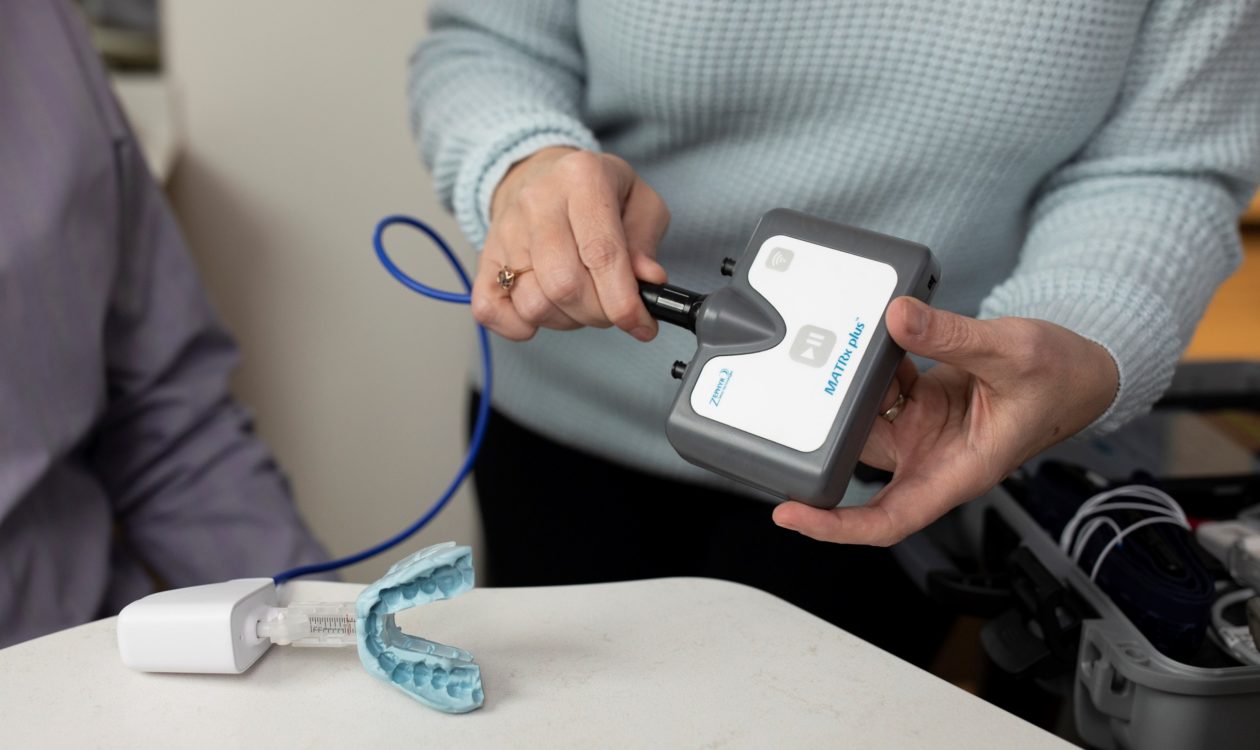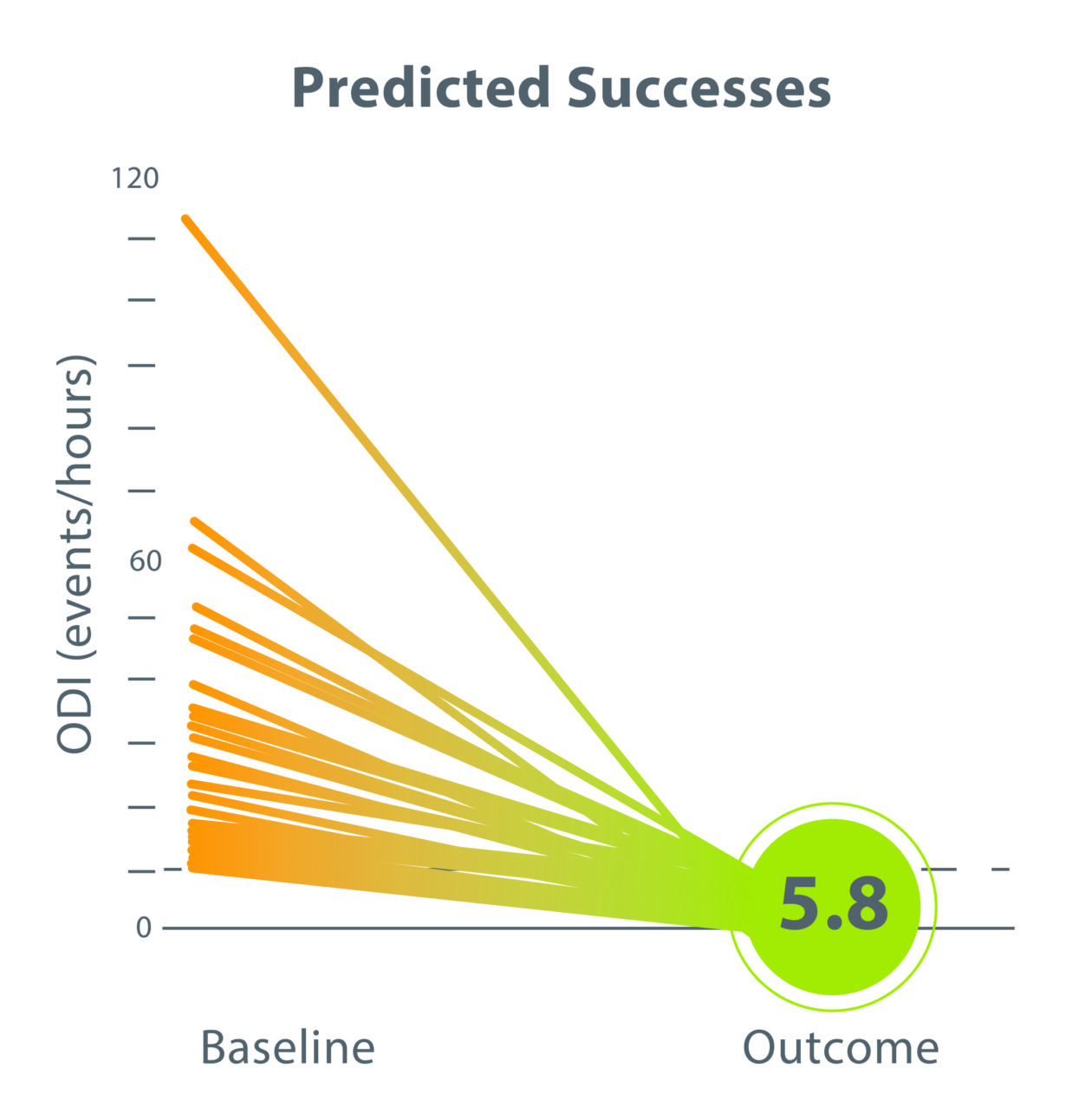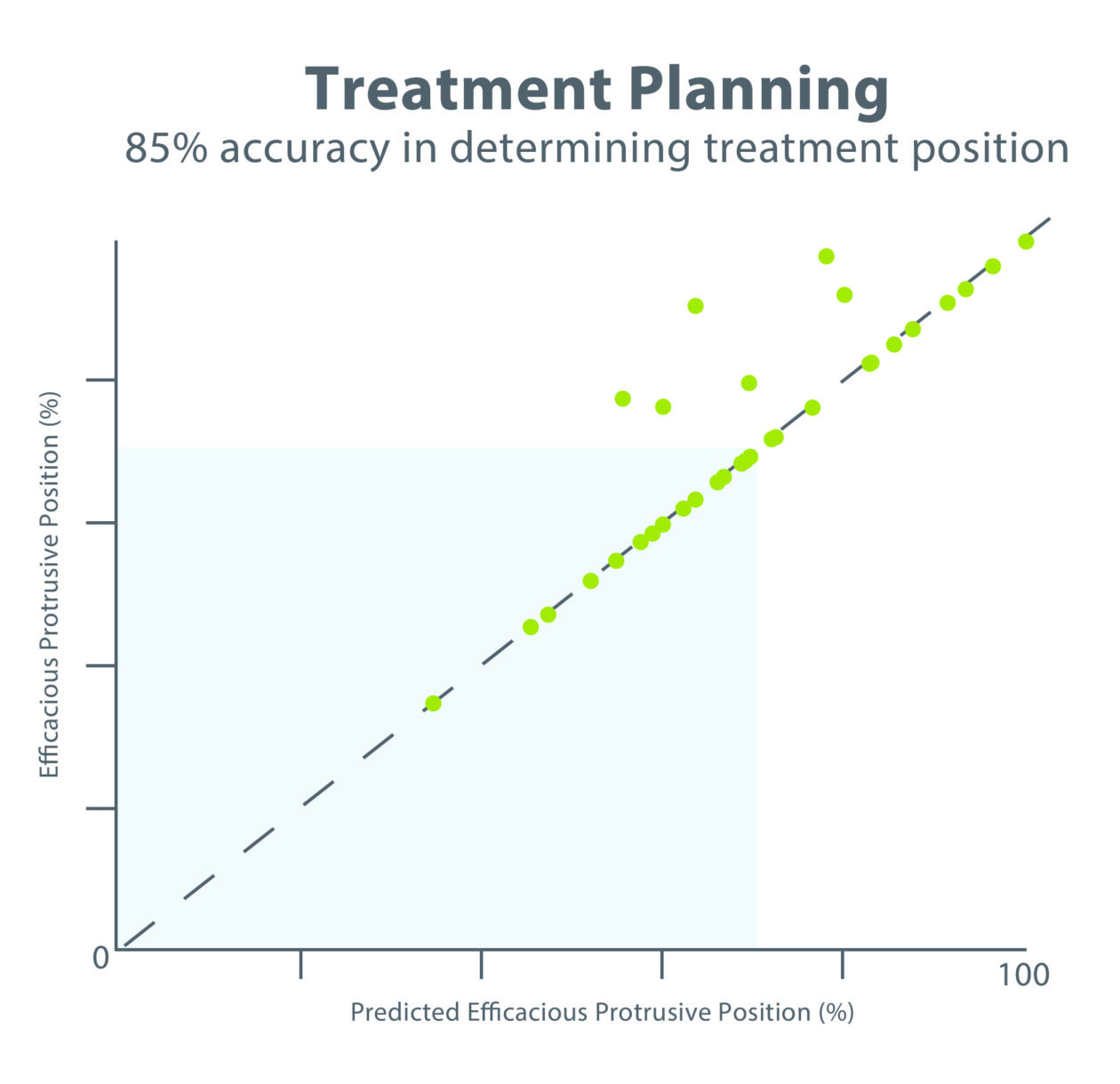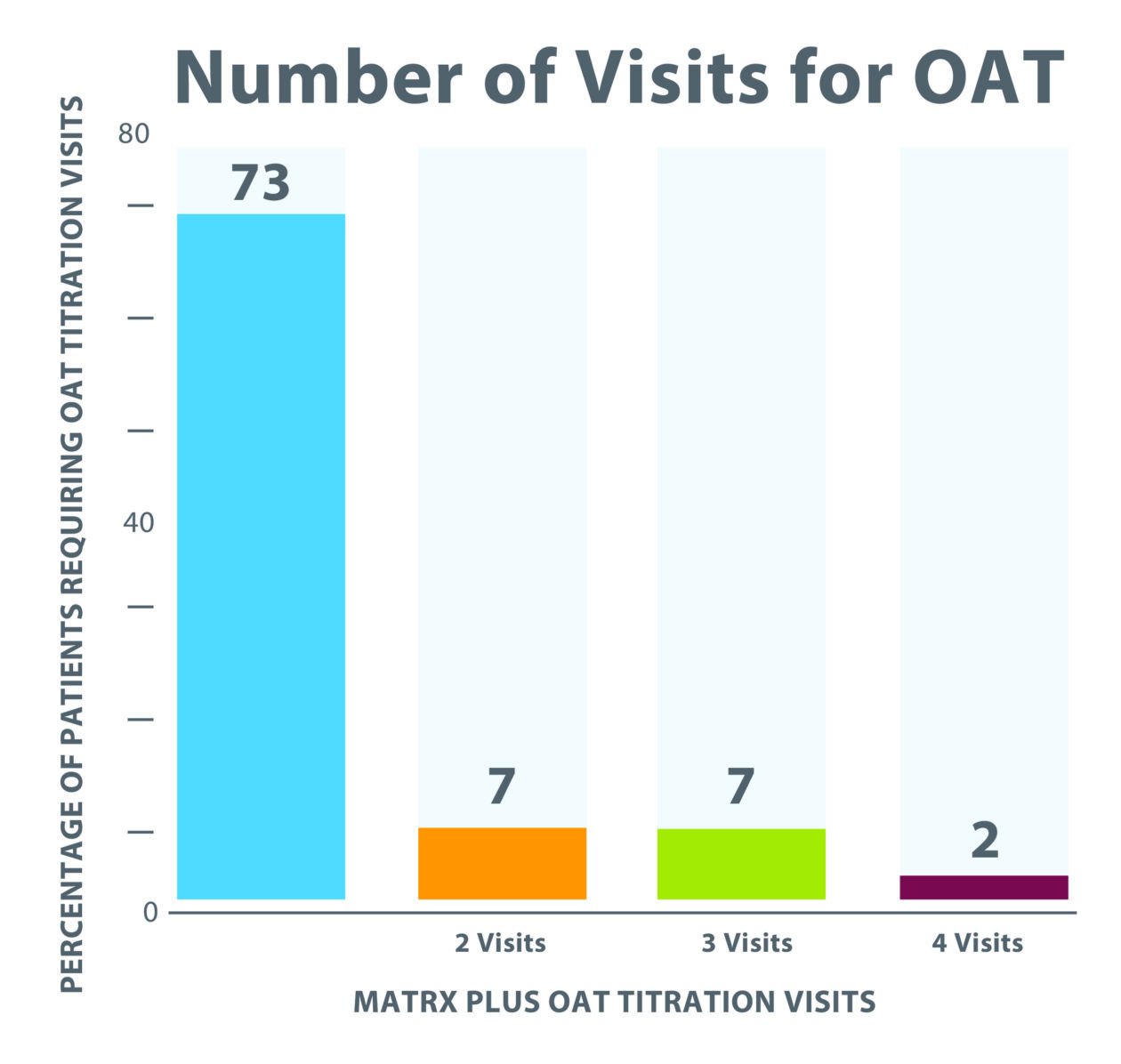Dr John E. Remmers
Recent statistics from The Lancet medical journal are deeply troubling; nearly one billion people worldwide1 suffer from mild to severe obstructive sleep apnea (OSA). Medical practitioners have proven unable to address the inexorable increase in prevalence of this disease. It is time for dentists, as sleep practitioners, to step up and help these people breathe while they sleep.
“Sleep apnea… remains the most undiagnosed deadly problem in medicine.”
Dr William C. Dement
Physicians have used positive pressure therapy to treat OSA extensively even though many patients find it cumbersome and disturbing during sleep. Over the past 20 years, we have witnessed an exponential rise of oral appliance therapy (OAT) for treating OSA because the therapy is more comfortable and less disruptive to a patient’s sleep. Nowadays, physicians often prescribe OAT as the first line of treatment. Why? Because these physicians understand patients are more accepting of and compliant with treatment when their input and preference are considered.
Current Status of Dental Sleep Medicine
Many dentists agree offering dental sleep medicine can be immensely beneficial to a practice. Treating sleep disordered breathing improves the patient’s connection with the practice, provides incremental practice revenue, and is often a highly profitable treatment. Unfortunately, some dentists begin to implement sleep in their practice using outdated techniques and workflows that result in uncertain outcomes or poor patient experiences. This is unfortunate as newer technologies have shown to provide predictable therapy outcomes with more efficient workflows. Using evidence-based methods will improve referrals, as physicians prefer to send patients to dentists who are well trained and use scientifically validated methods to deliver oral appliance therapy.
Typically, patients prefer sleep appliances over CPAP; however, OAT isn’t always efficacious. In approximately 38 percent of cases2, OAT does not treat the illness to an acceptable standard. One of the unknown parameters is determining where to properly set the oral appliance’s therapeutic protrusive position. Many dentists manually titrate the appliance, using subjective patient data, to find a therapeutic position. Consequently, sleep physicians often find it difficult to confidently send patients to a dentist who uses this traditional titration method involving guesswork rather than predictive therapy. Therefore, physicians continue to rely on CPAP as the preferred treatment.
Treatment Planning
Predictive treatment planning using valid patient information is fundamental in modern dentistry. For oral appliance therapy, treatment planning requires two pieces of information: will the mandibular protrusion effectively eliminate the patient’s sleep apnea, and, if so, which mandibular position will achieve this successful outcome? Historically, such information has not been available as predicting a patient’s respiratory behavior during sleep with a custom oral appliance could not be determined. With MATRx plus, this information is readily available, and the dentist can easily plan oral appliance treatment for sleep apnea patients and achieve predictable results. (Figure 1).

Predictive Technology
This scientifically validated technology, approved by the US Food & Drug Administration and Health Canada, is being used in more than 350 dental clinics across North America. Once a diagnosis of OSA has been established, a one- or two-night theragnostic study is carried out, in the home, using an auto-titrating mandibular positioner (Figure 1). During this study, the patient’s mandible is automatically protruded in response to spontaneous respiratory events, i.e., apneas or hypopneas. The data is transmitted, via the Cloud, for analysis and is used by the dentist to guide the patient’s personalized OAT treatment plan. The dentist can confidently discuss therapy options with the patient and rely on the study results to identify bite registration specifics and appliance characteristics, utilizing the practice’s preferred digital workflow.

Scientific Evidence
Two clinical trials have been completed to assess the accuracy of predictions made by MATRx plus. Both trials show sensitivities and specificities more than 90 percent, well above the predictive accuracy of any other method. Figure 2 is an example of the results from these studies for patients who were predicted to experience therapeutic success. The baseline values for oxygen desaturation index (ODI) range from 10 to 110 hr-1. The outcome values, obtained when the patient was sleeping with a custom oral appliance, were less than 10hr-1 in all patients. In other words, all the patients who were predicted to experience therapeutic success actually did.
The clinical trials proved the MATRx plus blinded prediction of therapeutic outcome was correct 100 percent of the time. Obviously, the data provide an extremely high level of certainty that a MATRx plus test identifies patients who will respond to OAT therapy. As a result, sleep physicians are assured their patients will have a successful therapeutic outcome after completing a MATRx plus test. Similar, but slightly less accurate results were obtained when making predictions of therapeutic failure.

The other important prediction required for oral appliance treatment planning is the efficacious mandibular position. Figure 3 shows MATRx plus predicted this with considerable accuracy, with 85 percent of patients experiencing therapeutic success when the custom appliance was set at the predicted position. It was found that only 15 percent of patients required a follow-up titration appointment to adjust the protrusion by a few millimeters. As well, the median MATRx plus predicted efficacious position was 70 percent of full protrusion, a point where the blind titration adjustment of the custom appliance traditionally begins. In other words, without the guidance of MATRx plus, half of patients are likely to be over-protruded by their custom oral appliance using traditional guesswork methods.
Implications for Efficiency and Productivity
Incorporation of MATRx plus into the treatment planning workflow offers an enormous opportunity for productivity gains and improved patient experience. Blind, guesswork titration of a custom appliance requires two to five clinic visits for appliance adjustment to achieve a therapeutically acceptable result, if the dentist is fortunate enough to achieve such success. With MATRx plus, the dentist only treats patients who will experience therapeutic success, and they get the job done in one visit (Figure 4).
Predictable treatment planning also allows dentists to treat more patients who suffer from OSA. When using traditional titration methods, only 5-10 percent of patients will be effectively treated with an OAT. However, up to 70 percent of patients will be treated when using MATRx plus. Increased case acceptance, improved patient satisfaction, and dental sleep medicine workflow efficiencies emerge from the treatment planning guidance provided by MATRx plus.

The Bottom Line
MATRx plus is the only method to predictably plan treatment of sleep apnea using an oral appliance. No other method can accurately predict the outcome and efficacious mandibular position. By using MATRx plus, dentists and their teams eliminate guesswork and provide a fast and effective way to treat patients. Comparing the MATRx plus workflow to the traditional titration process, 87 percent of patients who use the MATRx plus do not require subsequent appliance adjustment visits3.
Dentists who use the MATRx plus are true dental sleep medicine innovators—they are eliminating OAT failures, prescribing proper fitting appliances, and delivering the highest quality patient satisfaction. They are confident in the treatment outcome because they know who can be treated and precisely how to treat them.
Sources:
- Benjafield, A.V., Ayas, N.T., Eastwood, P.R., et al, “Estimation of the global prevalence and burden of obstructive sleep apnoea: a literature-based analysis”, Lancet Respir Med 2019, pp 1-12, published online July 9, 2019, Copyright 2019 Elsevier Ltd.
- Bartolucci, M., Bortolotti, F., Raffaelli, E., et al, “The effectiveness of different mandibular advancement amounts in OSA patients: a systematic review and meta-regression analysis”, Sleep Breath (2016) 20:911-919, Copyright 2016 Springer-Verlag Berlin Heidelberg.
- Hambrook, D., & Cataford, P. (2019). Comparison of MATRx-plus protocol to naïve oral appliance adjustment protocols. Internal Zephyr Sleep Technologies report: unpublished.
TM Trademark of Zephyr Sleep Technologies


